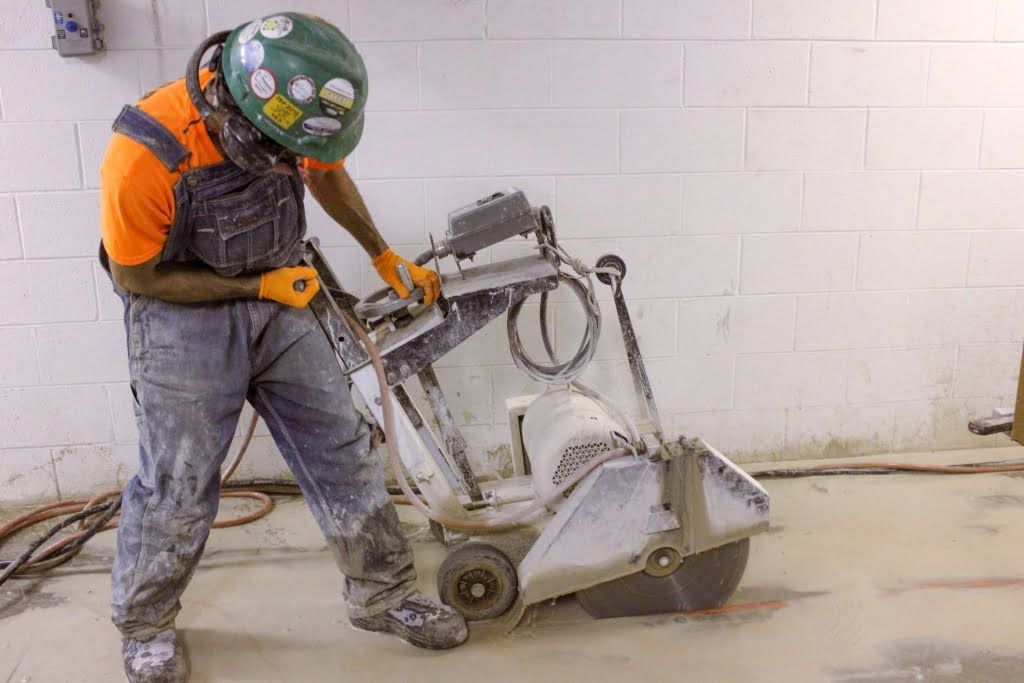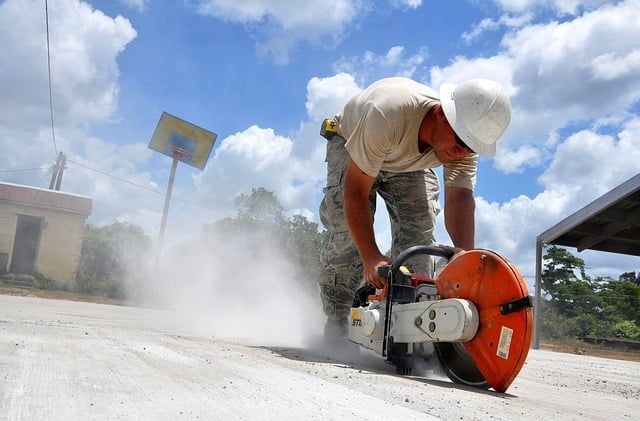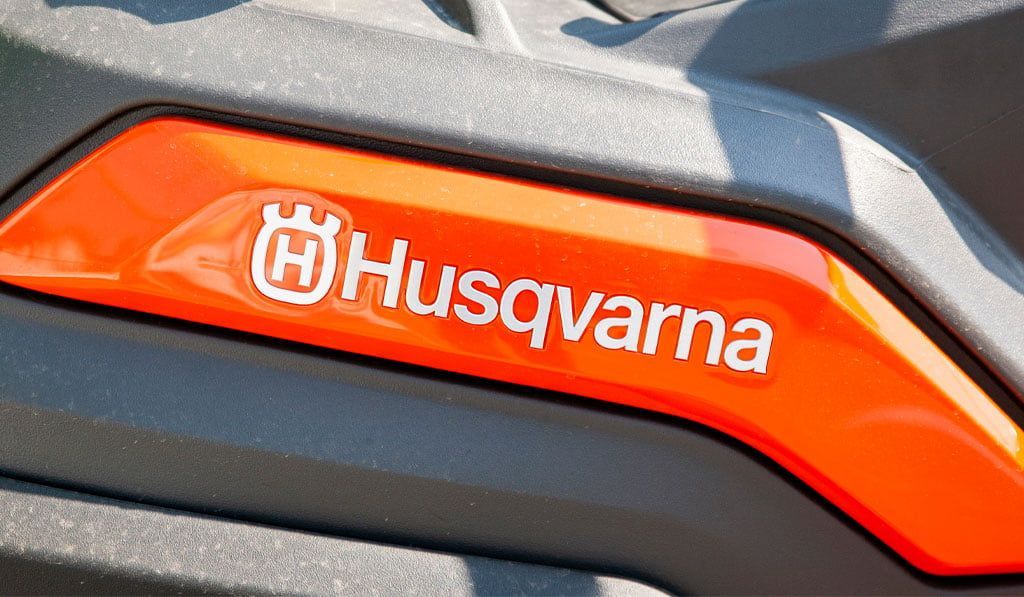Understanding All Types of Concrete Cutting
Share this article:
Despite living in a technological time, when it comes to erecting buildings, tried-and-true concrete is still king. Strong, durable and thick, concrete structures watch generations of industries come and go, but sometimes businesses and contractors need to alter slabs, walls, and even ceilings.
That’s when it’s time to call in a specialized outfit such as Cobra Concrete . By understanding how various concrete cutting methods work, you can make an informed decision about which type best serves your needs.
Slab Sawing
This type of concrete sawing, often referred to as “flat” or “road” sawing, is commonly used for cutting trenches in rehabilitation projects. For instance, developers transforming old mills into live-work spaces, light manufacturing hubs, or condos often need to install additional water, sewer, and power lines. Cobra Concrete utilizes a slab saw capable of reaching depths of 32 inches, creating precise pathways for plumbers and electricians. This approach is far more efficient than traditional jackhammering.
Wall Sawing
Contractors and property owners often turn to wall sawing for similar purposes as slab sawing, such as modifying walls to retrofit windows, doors, or create openings for power and HVAC lines. In some cases, archways need to be widened or heightened to accommodate warehouse machinery like forklifts. Wall sawing requires a high level of precision and expertise, making it a specialized task that should never be attempted by untrained individuals. Cobra Concrete offers professional wall sawing services, capable of reaching depths of up to 36 inches at any angle, including overhead.
Wire Sawing

Sometimes, large concrete obstacles need to be removed, and traditional demolition methods can be a hassle. Using diamond-edged wire, you can break down massive structures into smaller, more manageable pieces. Wire saws are also ideal for making precise cuts through materials that exceed the depth limits of standard saw blades. Similar to a band saw, wire sawing relies on abrasion rather than traditional saw teeth, with water typically used as a lubricant during the process. This method enables you to make large-scale cuts efficiently and cost-effectively.
Handheld Sawing
Handheld sawing, often used to cut through materials like cinder blocks, operates much like a carpenter’s circular saw but with greater size and torque. These versatile tools can reach depths of about 6 inches, making them ideal for creating small openings or smoothing rough edges. The major advantage of handheld concrete saws is their portability, allowing them to be easily transported and used across a job site as needed.
Hydraulic Chain Saws
Concrete cutting tools often resemble their woodworking counterparts, with hydraulic saws being a prime example. These tools use hydraulic pressure similar to a nail gun combined with the design of a traditional chainsaw. However, the chain is specially engineered to cut through concrete and brick, and the tool includes a water supply line for lubrication. While hydraulic saws can handle substantial standalone cuts, they are frequently paired with wall sawing to finish long cuts that meet precisely at corners.
Electric vs Gas Saws
Choosing between gas-powered and electric concrete cutting tools typically depends on the work environment and air quality requirements. Each option has its advantages and drawbacks. Here's a quick comparison to help you decide:
- Electric Saw Pros: Lightweight, easy to handle, quieter operation, and environmentally friendly.
- Electric Saw Cons: Less powerful, reliant on power cords or battery recharging, and pose electrical risks in wet environments.
- Gas Saw Pros: Highly mobile, powerful, and safer to use in wet conditions.
- Gas Saw Cons: Can reduce air quality, produce loud noise, and are generally heavier for operators.
If you have a concrete cutting need, it’s important to work with a trained professional service. Contact Cobra Concrete for more information or to get an estimate today.
Check us out on:



